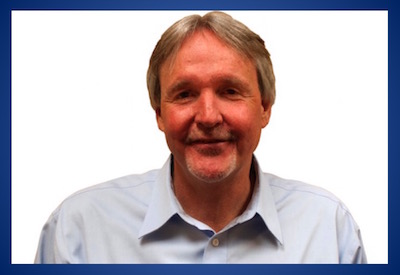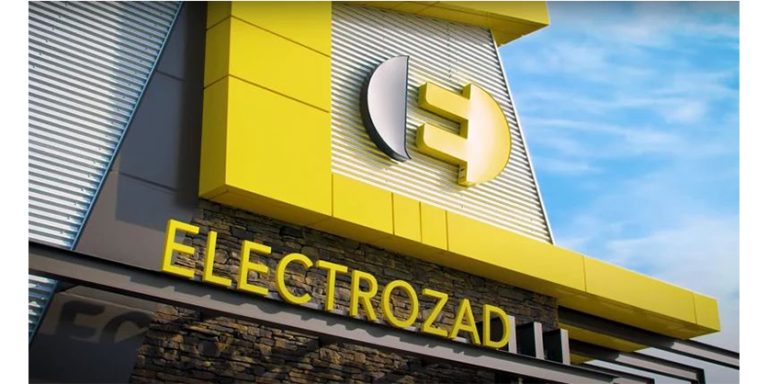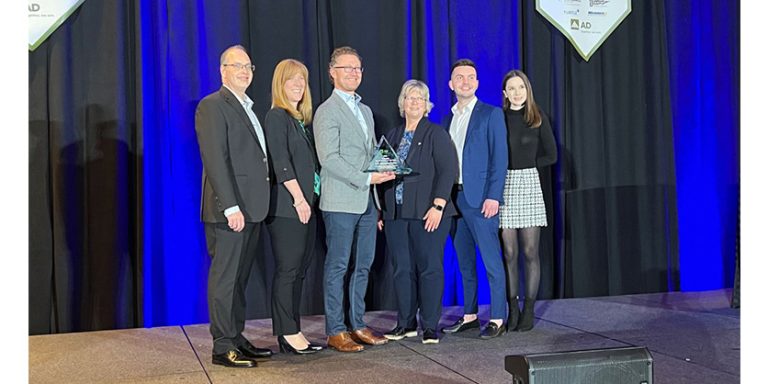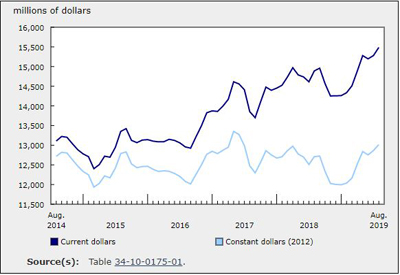What Is Marketing and Why Is Math Important to Marketers?

June 10, 2021
By Ken Cain
My objective is to develop an ongoing series of marketing articles consisting of two parts, the first focusing on questions I have been asked and the second on concerns I have. I have lots of both, so it is impossible for me to put them into one communication. How many communications there will be in the future is dependent on two factors. The first is the number of questions or concerns I have. The second, and more important, will be the questions and concerns you send me after you read this first attempt. Those will move to the top of the list for future efforts.
To date, I’ve shared thoughts on the following:
• 10 Keys to a Successful Promotion
• Do Spiffs Work?
• Manufacturer Marketing Support, Does it Exist?
• Manufacturer Promotions: Participate? Work?
• Speed Bumps in Marketing Are Part of the Process
Again, for the purpose of transparency, my answers do not reflect the viewpoints of anyone other than myself.
Questions
What is marketing? I have heard that question asked a million times at various seminars, classes, and meetings. I have also heard a million different answers. There are two definitions that I personally subscribe to. The first is what I will call the academic definition and I have heard this taught in a lot of introductory college courses but even then, there is some individual spins on the content.
Academic
Marketing is a four-part process. They are as follows.
1. Product — You must have something to sell. That could be a physical item like T shirts or an intangible item like education.
2. Place — I’ve heard two different definitions for this item. The first is the place in the marketing process. There is a marketing function in research and development and a different marketing function in manufacturing, yet another in distribution, and at least one more focused on the end user. The second definition is the physical place where the marketing function from an effect’s standpoint. That simply means that your marketing approach maybe, to some degree, should be tailored to your geographic and demographic market. Different audiences respond to different tools and messages.
3. Price — To me that means pricing strategy.
4. Promotion — This is a four-part process:
• Advertising
• Publicity
• Public Relations
• Sales
I would like to address the last element of sales for just a moment if I may so, please indulge me. First, sales is a part of the marketing process, always has been, and in my opinion, always will be. It is absolutely the most important element of the marketing process. Make no mistake about it, to look at them as two separate elements that being sales and marketing it is not realistic and is never in the best interest of your company.
Theorical
Marketing is everything from the initial idea for all the way through the product / services life cycle, including R&D, introduction, adoption, commoditization, decline and recycling. The key to this it is not that marketing touches the product through the entire lifecycle. Marketing touches every element of the company you work in. To be successful, the marketing function must be in close communication coordination with all officers of the company, finance (If you missed that I said FINANCE), HR, and logistics, including supply chain management and transportation. If I missed any, please add them to your thought process.
Why finance other than the cost implication of promotions and various other activities? Here is a little brain teaser I like to ask new marketing folks. Suppose you have product valued at $400,000 on your books sitting on your shelf for over 10 years, you hold a big sale and turn it into $300,000 in cash. Did you do a good thing or a bad thing? Please email me your answer and logic.
What exactly qualifies as innovation? I have heard a quotation on numerous occasions used in various contexts that simply says the only thing new is the history you do not know.
I believe that if something is new for you or for your company, then it is in fact innovative. A long time ago I spent several years convincing my boss that the fax machine was here to stay. The day we started using that device, even though we were behind the rest of the world, was an act of innovation on our part. Innovation is not necessarily something new, it is something new to your paradigm.
A couple of points. First you can learn a lot from history, so take the time to learn the history of your company and your industry. That will help you to be innovative moving forward. Second, there is no magic bullet. No app, no idea, no invention, will ever be the answer to everything. Do not assume you should abandon everything you know because there is something new that you feel everyone should adopt. Print is not dead and digital is here to stay.
And third, innovation can come from customers. Talk to them, gain insights from them. Consider interviewing customers, virtual and face-to-face customer focus groups, advisory councils or commission a customer satisfaction survey where deep insights can be gained on how you are performing on issues that are important to them and where you can ask some key probing questions.
Innovation comes from intellectual curiosity … asking the customer and reading between what they say will tell you much more. But don’t let sales ask as they and the customer want the same thing … not to upset the apple cart.
Concerns
Math — I am sure that most of you are familiar with the acronym “STEM” (science, technology, engineering and mathematics) as it is used in the ongoing discussion of education. I would like to focus just on math.
It is my opinion that math is the reason most businesspeople, and that absolutely includes marketing folks, will fail at some point in their careers. I have a great concern personally for our industry when it comes to math. I have interviewed too many job applicants and employees (associates) who could not tell me the numeric answer for what is in a gross. If you walked up and asked 30 salespeople what your markup percentage would be if you paid $1.00 acquisition cost for an item and you want to make a 50% margin on your sale, how many would know the answer?
Some of our best managers cannot tell you from memory what an income statement is and its five basic parts. The same goes for a balance sheet and its three basic parts. Do I think an outside salesman needs to know these things? I think anyone who touches money needs to know these things, if not for their business or personal wellbeing.
Most people have no idea how to calculate their own net worth. We lag in STEM behind most developed countries, and it is going to come back to bite us in the butt if we do not address this issue.
My own opinion is that math should be a subject of every performance review and a written plan to enhance each employee’s knowledge be a key part of this.
Closing
You would think that having left my last full-time employer about four months ago I would stop lying awake at night worrying about these various subjects. It has not happened yet, so I guess age brings some wisdom but does not do much to make you smarter.
If you find what I said here to be interesting, please email me (kcain5622@gmail.com) with questions or concerns you have on marketing your distribution business, marketing with manufacturers or co-op issues that we might be able to address. If you feel I addressed the wrong issues or issues that are not relevant or important tell me that too.
Also, I am considering developing a Math for Marketers webinar. If you would be interested in attending, please let me by emailing me as I’ll develop the topic for a 45-minute webinar if there is enough interest.
Ken Cain is a member of Channel Marketing Group’s Executive-in-Residence program. Recently retired Vice President of Marketing for Capital Electric Supply (a Sonepar company) for the past 16 years, Ken was previously Vice President of Marketing for Rexel and Vice President of Marketing for Branch Electric before it was purchased by Rexel in 2000. A 41-year marketing veteran, Ken has extensive expertise in the development of manufacturer funding programs to support distributor marketing efforts. Channel Marketing Group’s Executive-in-Residence program is a unique initiative where recently retired industry veterans can share their expertise and relationships to Channel Marketing Group clients. This enables CMG to bring additional resources to support clients. They partner with CMG to develop ideas that generate results; www.electricaltrends.com.











